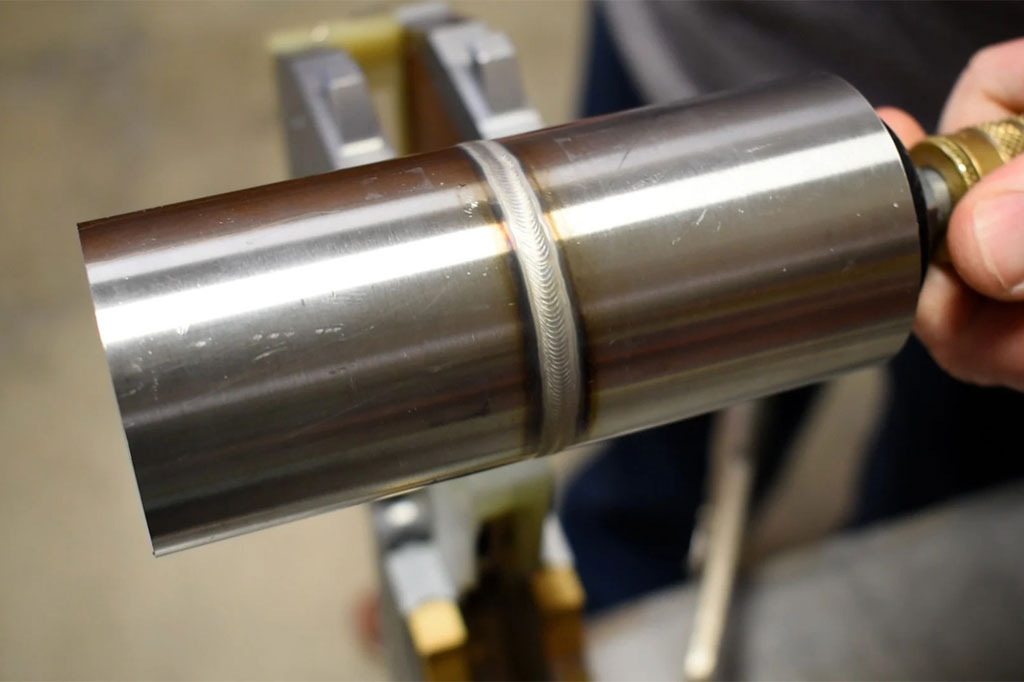Welding is a crucial process of many manufacturing and fabrication processes. However, the welding process doesn’t end when the torch is turned off.
The quality and performance of a welded structure or component often depend on a series of post-welding processes that enhance strength, appearance, and longevity.
This article explores the significance of post-welding processes, the various techniques employed, and their impact on the overall quality of welded products.
Importance of Post-Welding Processes
- Quality Assurance: Post-welding processes help identify defects or weaknesses that may not be visible immediately after the metal welding fabrication.
- Enhancing Mechanical Properties: Some welding processes can alter the microstructure of the welded material, potentially affecting its mechanical properties. Post-welding treatments can help restore or enhance these properties, ensuring the welded joint meets the required specifications.
- Corrosion Resistance: Welded areas may be more susceptible to corrosion due to changes in the material structure or the introduction of contaminants during welding. Post-welding processes can help improve the corrosion resistance of these joints.
- Aesthetic Quality: For applications where appearance matters, such as in architectural or decorative metalwork, post-welding processes can improve the visual quality of the finished product.
Common Post-Welding Processes
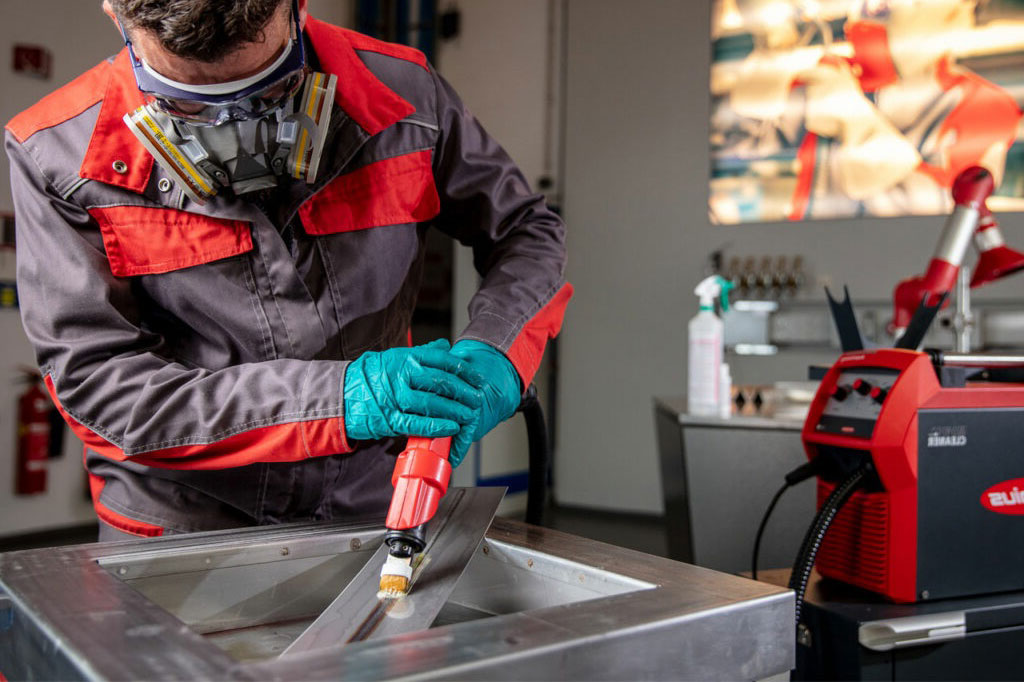
Several post-welding processes can be employed, depending on the type of weld, material, and intended application.
1. Post-Weld Cleaning
Welding generates various contaminants like slag, spatter, and oxidation, which can negatively affect the appearance and integrity of the weld if left untreated.
Cleaning the welded joint is essential to remove these impurities and prepare the weld for subsequent processes, such as coating or painting.
a. Mechanical Cleaning
Mechanical cleaning methods, such as grinding, brushing, or sanding, remove slag, weld spatter, and other debris from the surface of the weld.
Wire brushes or abrasive wheels can be used to clean the weld and adjacent areas, improving the surface finish.
Grinding is often employed to smooth out rough weld beads or remove excess material, especially in high-precision applications where aesthetic or dimensional accuracy is vital.
b. Chemical Cleaning
Chemical cleaning uses solvents, pickling pastes, or acids to remove oxides, oils, or scales from the weld area.
For instance, stainless steel welds are often passivated using nitric or citric acid to remove any oxides formed during welding and restore corrosion resistance.
2. Post-Weld Heat Treatment (PWHT)
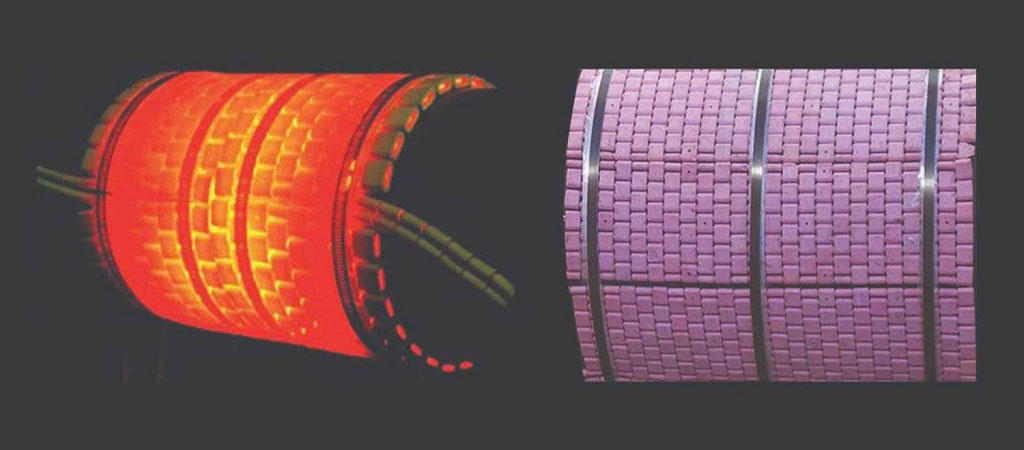
Post-Weld Heat Treatment (PWHT) is utilized to alleviate residual stresses generated during the welding process and to improve the mechanical properties of the weld.
The quick heating and cooling that occur during welding can create internal stresses, potentially resulting in cracking, warping, or distortion if not managed.
PWHT effectively relieves these stresses, enhances toughness, and restores ductility.
a. Stress Relieving
Stress relieving is one of the most common forms of PWHT. The process entails heating the welded component to a specific temperature below its critical point, typically ranging from 600°C to 650°C, and then allowing it to cool gradually.
This process reduces internal stresses without significantly altering the microstructure of the metal. Stress relieving is crucial for components that will undergo high-pressure or cyclic loads, as it enhances their durability.
b. Annealing
This process softens the metal, restores ductility, and refines the grain structure, making it easier to machine or work further.
Annealing is commonly used for materials like steel and copper alloys, which may become brittle after welding.
c. Normalizing
Normalizing is a heat treatment technique that heats the welded component to a temperature exceeding the critical range, usually between 850°C and 950°C, before cooling it in still air.
This procedure refines the metal’s grain structure and improves its mechanical properties, including strength and toughness.
Normalizing is often applied to carbon steel and low-alloy steels to ensure uniformity of the microstructure across the entire weld zone.
3. Nondestructive Testing (NDT)
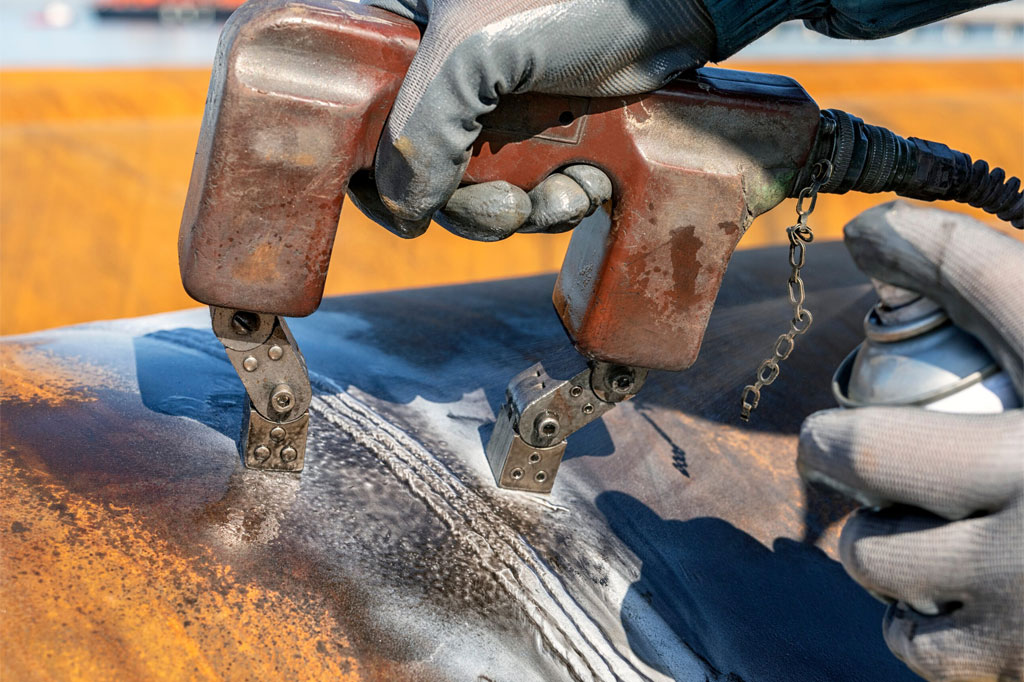
After welding, inspecting the welds is crucial for verifying their quality and structural integrity.
Nondestructive Testing (NDT) encompasses various techniques that assess the weld without harming the part.
These methods help identify defects such as cracks, porosity, lack of fusion, and incomplete penetration.
a. Visual Inspection
The most fundamental NDT method is visual inspection, which involves a thorough examination of the weld’s surface.
This step is vital for identifying surface defects such as cracks, spatter, or irregular weld profiles.
Although straightforward, visual inspection is typically the initial phase of quality assurance.
b. Ultrasonic Testing (UT)
The sound waves travel through the weld, and any imperfections reflect the waves back to a receiver, where they are analyzed.
UT is highly effective for identifying subsurface defects, such as voids or inclusions, making it an invaluable tool in industries that require high structural integrity, such as aerospace or automotive.
c. Radiographic Testing (RT)
Radiographic testing, or X-ray inspection, involves passing X-rays through the weld to detect internal defects.
The resulting image, similar to a medical X-ray, highlights areas where the weld may have inconsistencies, such as voids or cracks.
RT is particularly useful for critical applications where safety and performance are paramount.
d. Magnetic Particle Testing (MT)
During this process, the welded component is magnetized, and iron particles are applied to the surface.
Any defects in the weld create magnetic flux leakage, attracting the particles and forming a visible indication of the flaw.
MT is commonly used for detecting cracks or inclusions in steel welds.
4. Post-Weld Finishing
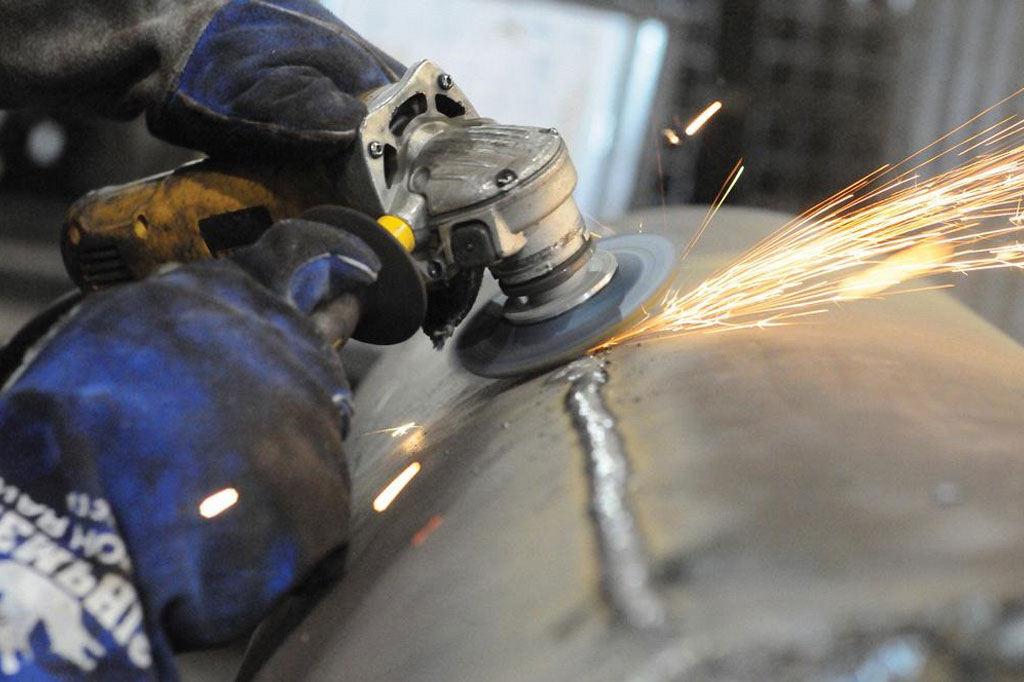
Post-weld finishing is necessary when a weld requires a specific surface finish for aesthetic or functional purposes.
This process improves the appearance of the weld or prepares the surface for additional treatments such as painting, powder coating, or plating.
a. Grinding and Polishing
For applications requiring a smooth or mirror-like finish, grinding and polishing the weld can remove imperfections and create the desired surface texture.
This is particularly common in industries like automotive, aerospace, and consumer goods, where the visual appeal of the final product is important.
b. Blasting
Blasting techniques, such as sandblasting or shot blasting, use high-velocity abrasive particles to clean or texture the surface of the weld.
Blasting removes surface contaminants and provides a uniform surface finish, making it an excellent preparatory step for coatings or paint.
5. Coating and Surface Treatments
Protective coatings and surface treatments are often applied after welding to enhance corrosion resistance, improve durability, and ensure the weld meets the operational requirements of the application.
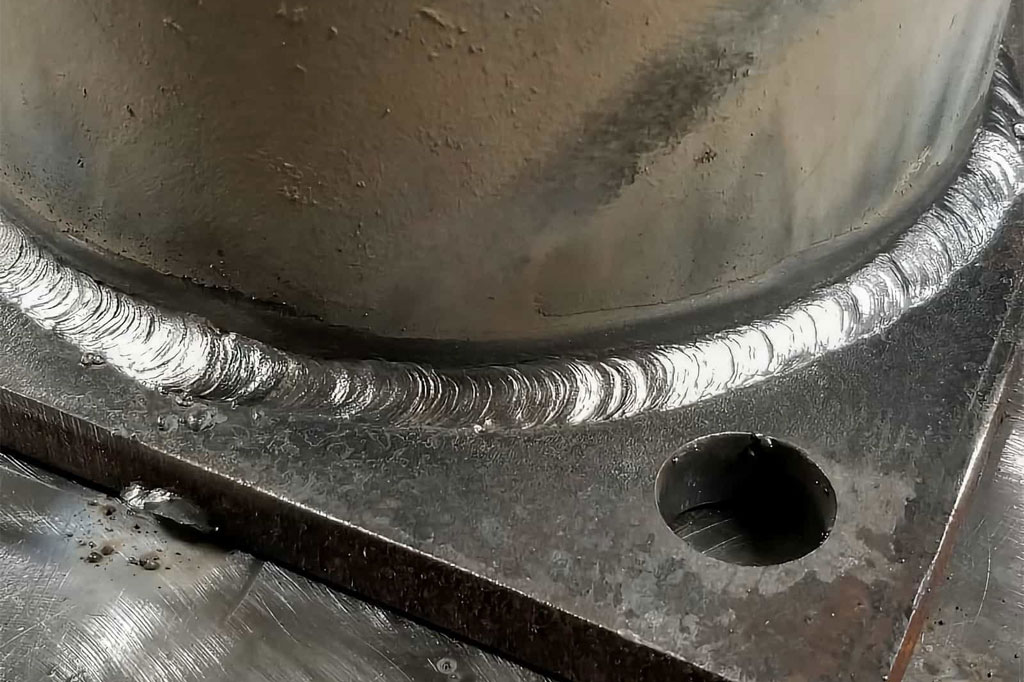
a. Galvanizing
Galvanizing involves applying a protective zinc coating to steel or iron, effectively preventing rust.
This process is particularly beneficial in environments where the welded components may be exposed to moisture or corrosive substances.
Two common methods for coating welded parts are hot-dip galvanizing and electro-galvanizing.
b. Painting and Powder Coating
Painting and powder coating are widely utilized to safeguard welds from corrosion while also providing an aesthetically pleasing finish.
Notably, powder coating delivers a durable, high-quality finish that combines visual appeal with functional benefits.
Best Practices for Post-Welding Processes
To achieve optimal results in post-welding processes, consider the following best practices:
- Plan Ahead: Integrate post-welding processes into the overall welding plan to ensure they are performed efficiently and effectively.
- Use Appropriate Techniques: Choose cleaning, heat treatment, and inspection methods that are suitable for the specific materials and application.
- Training and Certification: Ensure that personnel performing post-welding processes are adequately trained and certified in the relevant techniques and safety protocols.
- Document and Monitor: Maintain thorough records of post-welding processes, inspections, and tests to ensure traceability and compliance with industry standards.

